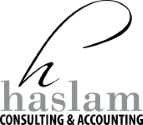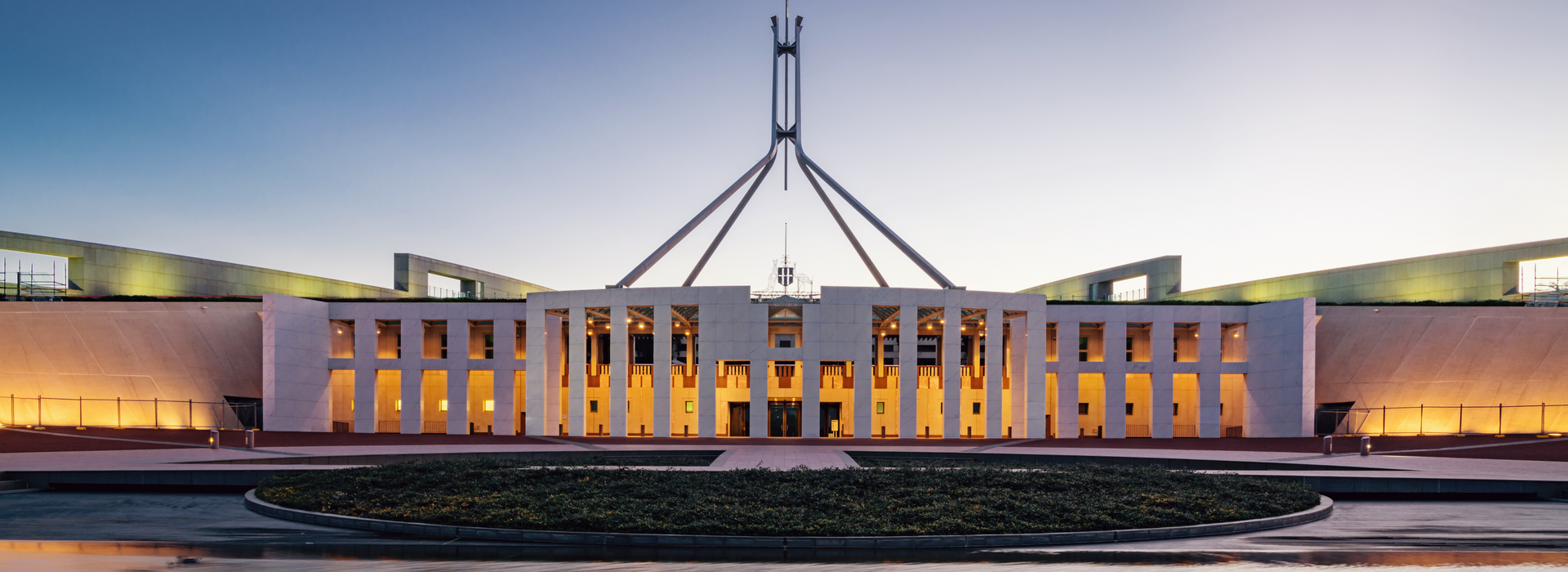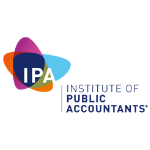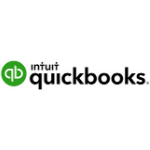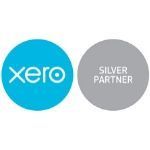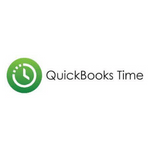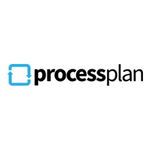2022/23 Federal Budget
Treasurer Jim Chalmers handed down his first federal budget on 25 October 2022. Here's the highlights that affect our clients.
Family Support
Boosting Paid Parental Leave
The Government has announced it will introduce reforms from 1 July 2023 to make the Paid Parental Leave Scheme flexible for families so that either parent is able to claim the payment and both birth parents and non-birth parents are allowed to receive the payment if they meet the eligibility criteria.
Parents will also be able to claim weeks of the payment concurrently so they can take leave at the same time.
From 1 July 2024, the Government will start expanding the scheme by two additional weeks a year until it reaches a full 26 weeks from 1 July 2026.
Both parents will be able to share the leave entitlement, with a proportion maintained on a ‘use it or lose it’ basis, to encourage and facilitate both parents to access the scheme and to share the caring responsibilities more equally. Sole parents will be able to access the full 26 weeks.
Increasing Child Care Subsidy
From July 2023, Child Care Subsidy rates will lift from 85 per cent to 90 per cent for families earning less than $80,000. Subsidy rates will then taper down one percentage point for each additional $5,000 in income until it reaches zero per cent for families earning $530,000. Currently families lose eligibility for CCS once their income exceeds $350,000, so this will be attractive to those with higher incomes. The current higher CCS rates for families with multiple children aged 5 or under in child care will be maintained, with higher CCS rates to cease 26 weeks after the older child’s last session of care, or when the child turns 6 years old.
Cheaper medications
One significant change which will affect a wide range of people is the decrease in the general patient co-payment for treatments on the Pharmaceutical Benefits Scheme from $42.50 to $30.00 on 1 January 2023. This effectively reduces the out of pocket cost for PBS medicines.
Superannuation
Expanding the eligibility for downsizer contributions
The Government will allow more people to make downsizer contributions to their superannuation, by reducing the minimum eligibility age from 60 to 55 years of age. The measure will have effect from the start of the first quarter after Royal Assent of the enabling legislation.
The downsizer contribution allows people to make a one-off post-tax contribution to their superannuation of up to $300,000 per person from the proceeds of selling their home. Both members of a couple can contribute and contributions do not count towards non-concessional contribution caps.
Sustainability
Electric cars FBT exemption
From 1 July 2022, the measure will exempt battery, hydrogen fuel cell and plug-in hybrid electric cars from fringe benefits tax and import tariffs if they have a first retail price below the luxury car tax threshold for fuel-efficient cars. The car must not have been held or used before 1 July 2022. Employers will need to include exempt electric car fringe benefits in an employee’s reportable fringe benefits amount.
Energy Efficiency Grants for small and medium sized enterprises
The Government will provide funding to support small to medium enterprises to fund energy efficient equipment upgrades. The funding will support studies, planning, equipment and facility upgrade projects that will improve energy efficiency, reduce emissions or improve the management of power demand.
Haslam Consulting & Accounting acknowledges Traditional Owners of Country throughout Australia and recognises the continuing connection to lands, waters and communities.
We pay our respect to Aboriginal and Torres Strait Islander cultures; and to Elders past and present.
Haslam Consulting & Accounting | Privacy Policy | Website by A Top Idea - Business Solutions - Toowoomba
